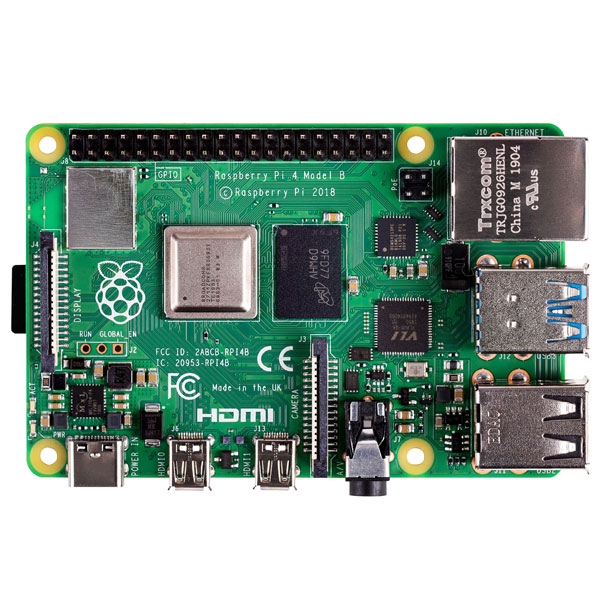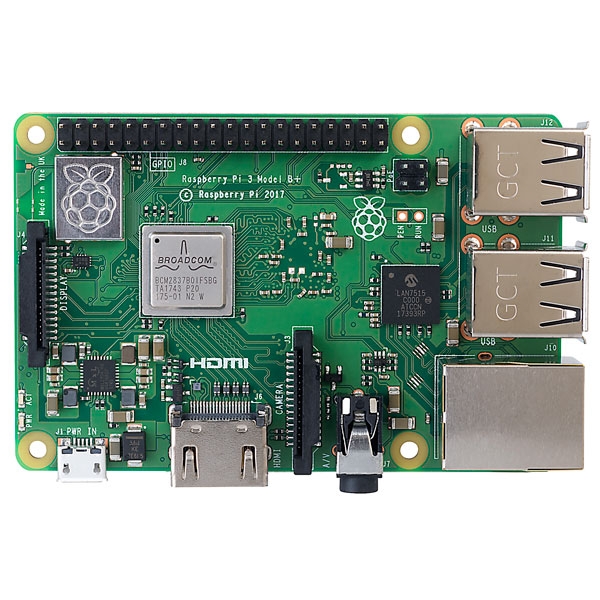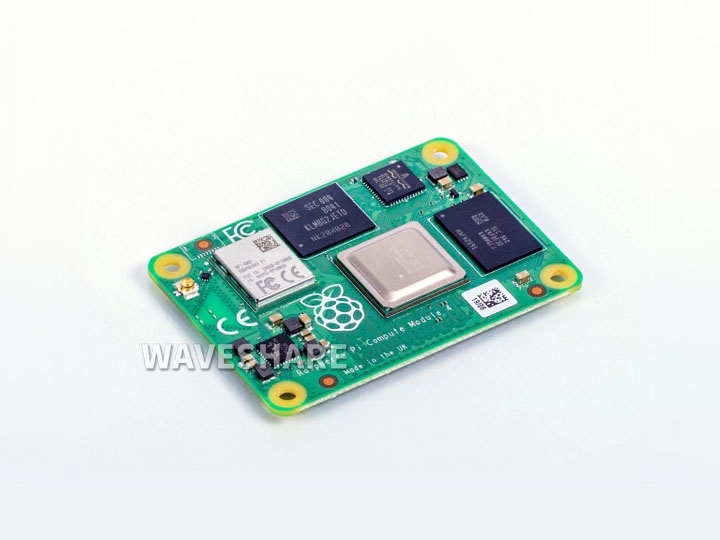Historical Hypno Versions, Expanders And Pi Variants
The Hypno is a modular device able to work with most Pis currently in production to allow for greatest supply flexibility and device availability.
The different pis have a few hardware differences and wether you want to use your pi in the Eurorack will dictate which pi is best for your needs, the pi is user switchable and source-able by the user so keep in mind that acquiring a single setup does not prevent you from converting your Hypno to one that is best in the eurorack or vice versa.
Hypno Pre-Built vs Kit Overview Chart
Eurorack Power
With Eurorack Expander
With Eurorack Power expansion board
Yes
Eurorack Mounting
No
Possible with Pi3 A/A+ (EuroPower Expander required, output works best with HDMI Expander)
Yes
CV
7x CVs -5V-5V, 2x Trigger Inputs
No Difference
No Difference
HDMI Output
Side microHDMI x2
Side (accessible in Eurorack with HDMI Expander)
Side (accessible in Eurorack with HDMI Expander)
Composite Output
Raspberry Pi 4B requires 3.5mm TRRS to RCA dongle, CM4-WS Pi has no composite out
Pi 3.5mm TRRS to RCA dongle required (tends to be noisier)
Front Composite Output
USB Data
4x USB-A Port
4x USB A ports (depends on Pi)
1x Front MicroUSB (expandable via dongles & USB hub)
USB Power
USB-C Power
1x USB-C & 1x MicroUSB power port (depends on Pi)
2x MicroUSB power ports
Networking / NDI
Front USB acts as Ethernet device
Ethernet port, WiFi or Ethernet USB dongle (depends on Pi)
No Difference
Processor
Pi 4B
Pi3 B/B+, Pi4 B (see note about Pi3 A+ below)
Pi Compute Module 3 (identical processor to Pi3 A/B+)
Plastic Case
Compact (STL available)
Slightly deeper, vents for thermals (STL available)
Software
No Difference
No Difference
No Difference
Hypno Prebuilt vs Kit
Hypno is available as a no-pi kit for you to bring your own pi, or as a Prebuilt (with whatever Pis Sleepy can acquire at the time).
The recommended no-fuss version of Hypno. Comes fully built and tested with PSU, SD and Pi available at the time of purchase. (Included Pi version is listed on the shop page)

The kit comes with the basics needed to make your own Hypno unit with a user supplied pi and PSU. This includes a pre flashed SD card, enclosure and assembled Hypno main PCB.
Hypno Expander Hardware
Hypno has a few expansion options mostly targeted at Eurorack users.
A 2hp panel and build directions for a way to break out your HDMI plug to a front panel in Eurorack.
Hypno Eurorack Adapter Kit Assembly Guide
Hypno EuroPower Expander
A small board that mounts on the 6 pin header on the back of the Hypno PCB. This board converts the 12v eurorack power (10pin header) to the 5v that the Hypno requires.
When correctly mounted the sleepy logo should be facing away from you and NOT visible, otherwise the PCB will stick out and (if powered in this orientation) can potentially damage your unit!
Take care to plug in the Eurorack power ribbon in the correct orientation (red stripe facing up, this is also written and indicated on the PCB)
All the PIs supported by Hypno and their Hardware Differences
Track down & buy available PI hardware with rpilocator.com
PI3 A+ (Best for Eurorack Users)
The A+ clears the Eurorack rails and allows mounting in the format.
To power the Hypno with your Eurorack you will also need a Hypno Eurorack Adapter Kit.
Composite output requires an extra breakout dongle for the headphone jack but this generic HDMI to Composite Box is also a good way to get Composite out.

PI4 (Best for Standalone Users)
The most modern pi, we recommend using this for your Hypno if available. This version uses micro HDMI for output so an extra "Micro HDMI to HDMI" dongle is required to connect the common full size HDMI plug.

PI3
The original Pi hardware Hypno is built on. The engine is optimized for this hardware to make sure compatibility across all Pi versions. Most notably, this one has a full-size HDMI output so does not require extra dongles.

PI CM4 w/ WS-IO
If one cannot source any of the above pis you can use the Pi CM4 with the Waveshare CM4IO-BASE-B. This config results in a nice clean IO setup with all ports facing the back of the Hypno.
We have found that updating this version requires rpiboot in some configurations (See Hypno 1 Firmware for details)
Attention Analog Fans: This config does not have a composite output. (But you can just use this generic HDMI to composite converter box)

The CM4 module (displayed below) should be placed into the receiver on the above CM4-IO-BASE)

Last updated